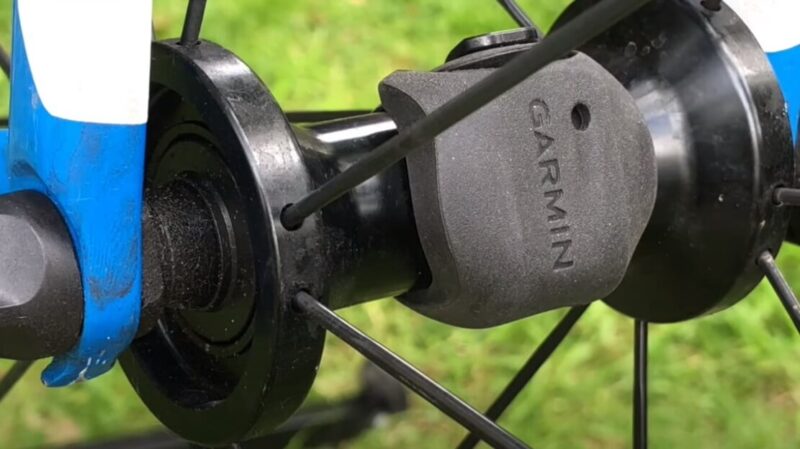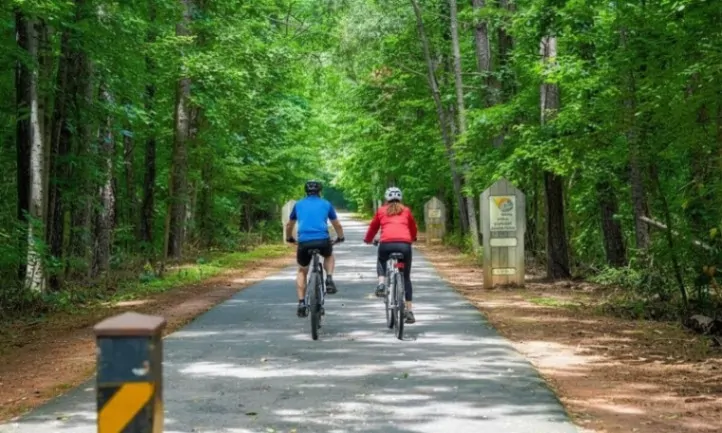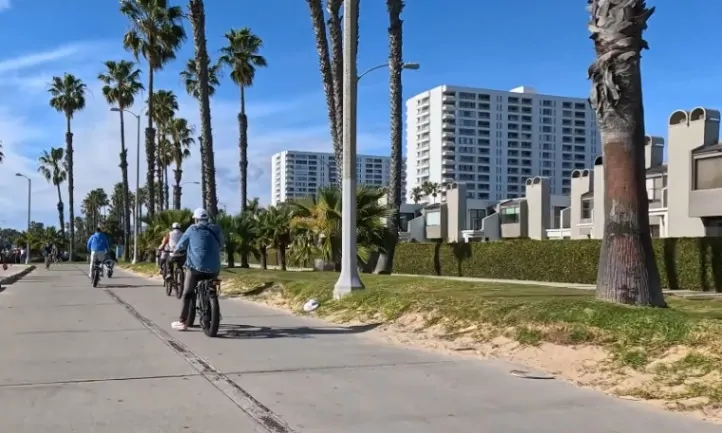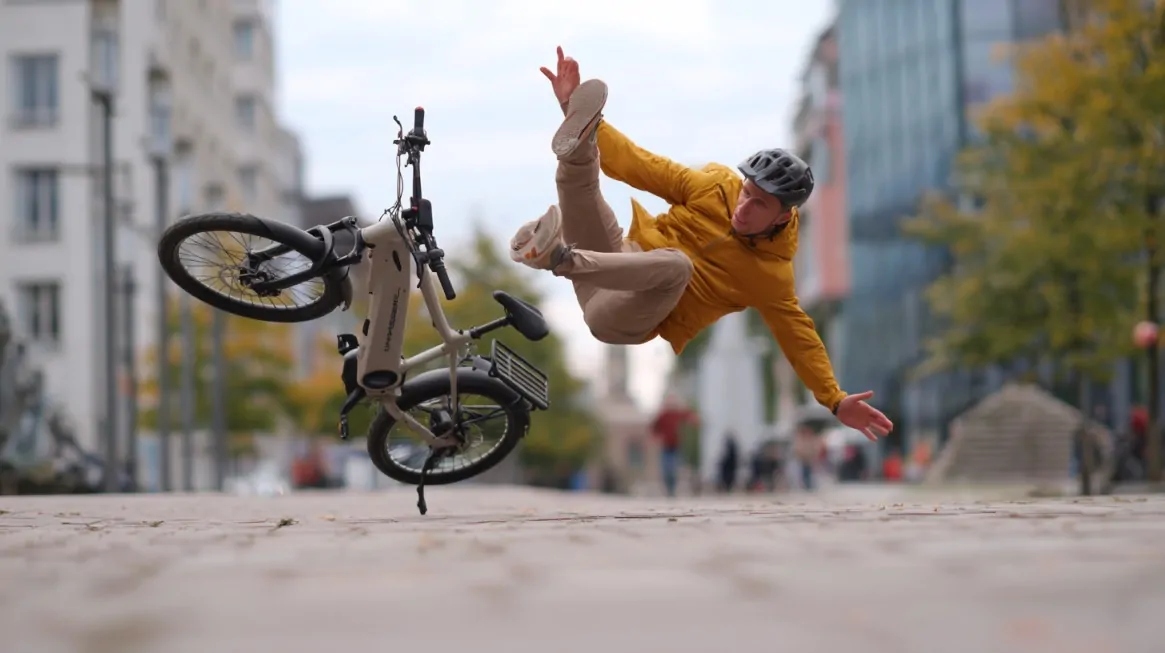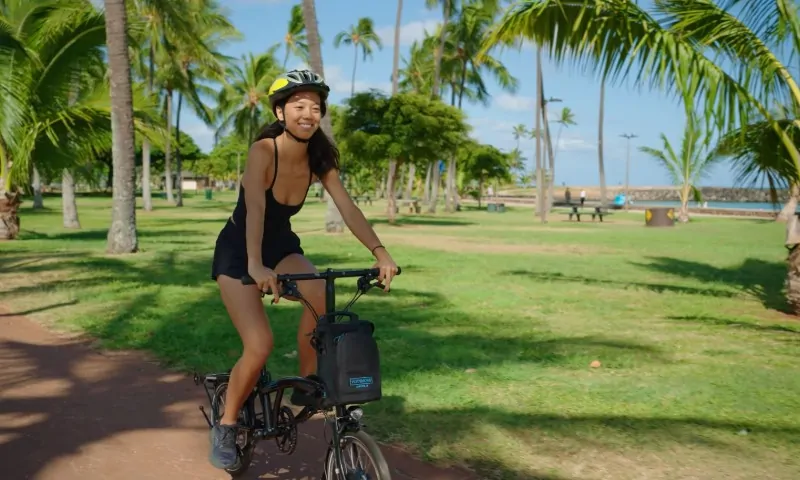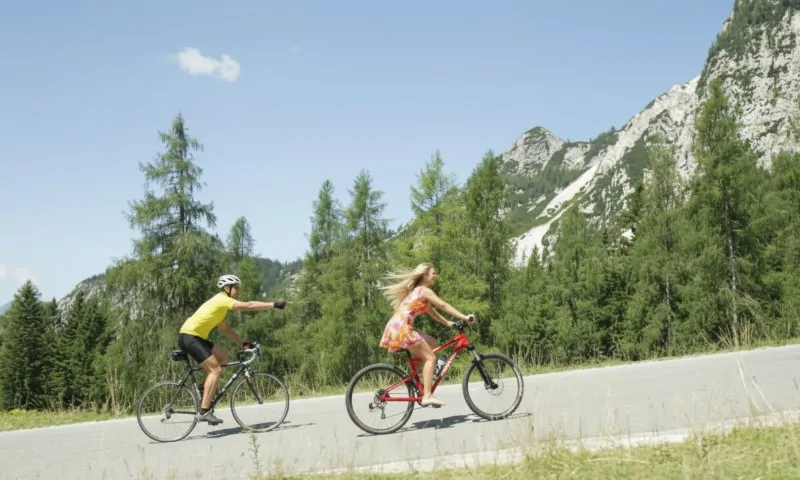Alright, so you’re into cycling, you’ve got the sleek road bike, the tight Lycra outfit, and maybe even those fancy clip-in shoes that make you feel like a pro. But there’s one crucial piece of equipment you might be overlooking: a cadence sensor.
Yes, it sounds a bit techy and maybe even unnecessary, but trust me, it can do so much for you. In this post, I will explain why you absolutely need one of these bad boys on your bike. Let’s get right into it.
Table of Contents
ToggleWhat Cadence Actually Is
Cadence in cycling refers to the number of pedal revolutions per minute (RPM). It’s how fast your legs are spinning those pedals. Simple, right? But don’t let the simplicity fool you; cadence is a big deal.
Professional cyclists often maintain a high cadence of 100 RPM or more, especially on flat courses. Meanwhile, the average Joe, or should I say the average weekend warrior, might be spinning at a leisurely 60 RPM. A fit amateur cyclist might ramp it up to around 80 to 90 RPM.
Why Should You Care About It?
Shift the Load
Pedaling at a higher cadence is a pretty cool way to shift the workload from your muscles to your heart and lungs. When you think about it, your cardiovascular system can really take a beating compared to, say, your quads.
When you spin those pedals faster, you actually reduce the strain on your muscles, which means less soreness and a lower risk of injuries afterward. And let’s be real – you will likely want to be able to walk normally the day after a big ride.
Your heart and lungs get a great workout, but your legs get a bit of a break, which is an awesome outcome.
Improve Your Efficiency
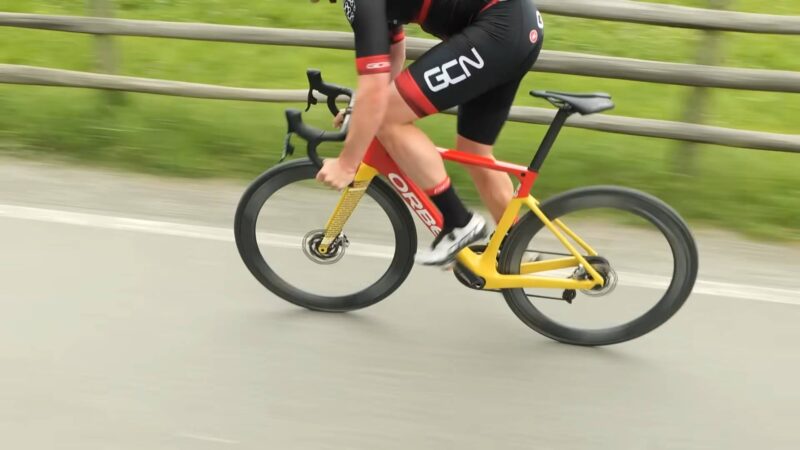
Pedaling at a quicker cadence can really help you get more out of your ride. It’s not just about cranking things up to 11 and going full throttle – it’s about finding that perfect sweet spot where you’re flowing along effortlessly, without feeling like you got hit by a freight train the next day.
That’s where a handy cadence sensor comes in. It helps you keep tabs on your pedal speed and dial it in just right. Now, there’s no one-size-fits-all magic number when it comes to cadence – it really depends on factors like your fitness level, riding style, and the terrain you’re tackling.
But with a little experimentation, you can definitely find your personal cadence goldilocks zone.
Better Training
Mixing up your pedaling rhythm during your workouts can really do wonders for your cycling skills and help your body adapt in targeted ways. If building raw power is the goal, try slowing down those legs and cranking up the resistance – that’ll get those muscles working overtime.
On the other hand, if you’re aiming to smooth out your pedal stroke, pick up the pace and concentrate on maintaining a fluid, consistent, circular motion. Varying your cadence is a simple but effective way to fine-tune your cycling technique.
What Cadence Sensors Can Do For You?
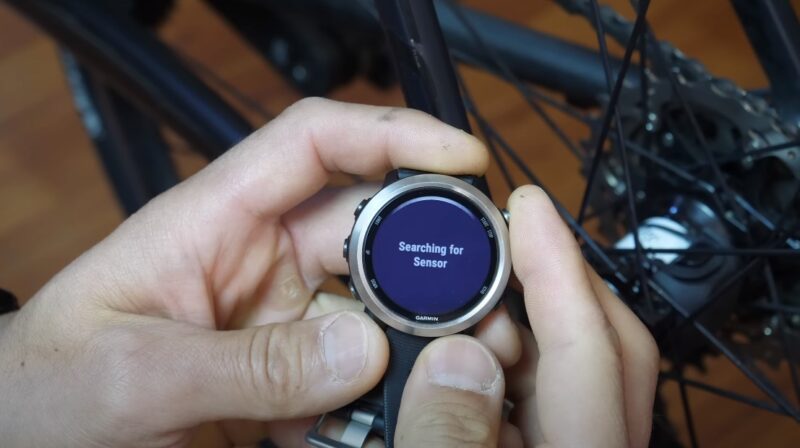
Accurate Measurements
Manually tracking your cadence? Yeah, ain’t nobody got time for that. That’s where the cadence sensor swoops in to save the day. These little devices usually get mounted on the left side of your bike’s chainstay.
They count up those pedal rotations and send the info straight to your bike computer. Bam, just like that, you’ve got real-time data on your pedaling speed. No more guessing games.
Types of Cadence Sensors
Let’s talk about cadence sensors. There are a few different types out there – you’ve got your standalone sensors, and then there are the ones that are combined with speed sensors.
The cool thing is that they use wireless technologies like ANT+ and Bluetooth to connect to all your training apps and devices. So you can easily keep tabs on your metrics, whether you’re looking at them on your phone, bike computer, or even your smartwatch, which is Pretty handy.
General Guidelines
![]()
Here’s a quick rundown of recommended cadences based on skill level:
- Beginners: 50 RPM
- Recreational Cyclists: 60 RPM
- Fit Amateurs: 80-90 RPM
- Pros: 100+ RPM
But remember, these are just guidelines. Your optimal cadence is personal and can vary depending on the situation.
Training with a Cadence Sensor
Training drills to improve cadence can focus on building strength or improving pedaling fluidity. For instance:
- Strength Building: Lower cadence (around 60 RPM) with higher resistance. Think of it as weightlifting for your legs.
- Fluidity Training: Higher cadence (90-100 RPM) with lower resistance. Focus on smooth, consistent pedal strokes.
Shorter crank lengths can also help maintain a higher cadence by reducing the rotational distance your feet need to travel. So, if you’re struggling to keep up those RPMs, consider swapping out your crankset.
The Truth About These Sensors
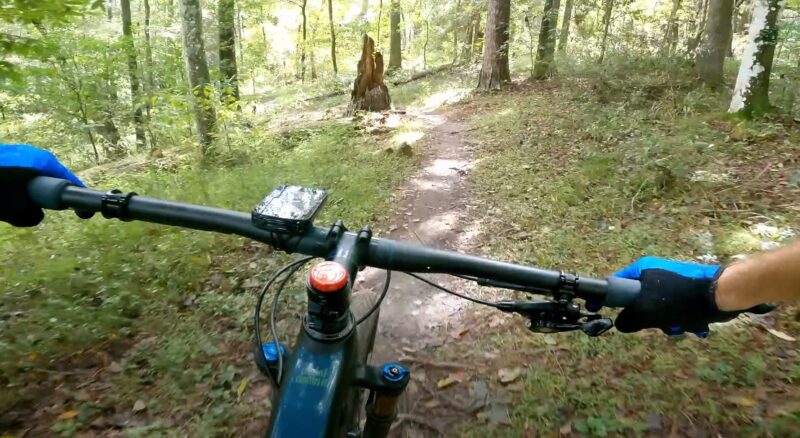
If you’re looking to take your cycling to the next level, a cadence sensor is more than just a nice extra – it’s a must-have. This isn’t some fancy gadget but a legit tool that gives you real, practical data to work with.
It’s like having a personal trainer right there with you, constantly keeping an eye on your performance and giving you instant feedback. Without that sensor, you’re kind of flying blind and working out without essential knowledge and direction.
You might feel like you’re pedaling hard, and your technique is dialed in, but without the hard numbers to back it up, it’s all just guesswork. And when it comes to getting better, guesswork just isn’t going to cut it.
Wrap Up
A cadence sensor is really a no-brainer if you ask me. It’s this nifty little device that doesn’t cost a ton but can make a world of difference for your riding. With one of those bad boys, you can keep tabs on your pedaling efficiency, track your progress over time, and fine-tune your training to a tee.
Essentially, if you’re serious about taking your cycling to the next level, or even if you just want to feel like you’re getting a bit more bang for your buck out on the road, I’d highly recommend looking into a cadence sensor. It’s a small investment that can pay some serious dividends down the line.
Related Posts:
- Why You Need a Quality Road Bike Helmet - Protect…
- When and Why to Use Suspension Lockout on Your Mountain Bike
- What Is the Purpose of a Cycling Cap, and Why Should…
- Why Women’s Cycling Deserves More Attention and Support
- Top 15 Bike Routes in San Francisco You Need to…
- What Are the Spokes on a Bike For? Everything You…

